
The magnitude of USGS knowledge, strong. Our intensity, felt globally. Follow for EQ science, news, events & answers. Not staffed 24/7.
How to get URL link on X (Twitter) App


https://twitter.com/USGS_Quakes/status/1546525420807495680First, the plate boundary is a lot wider than you might think. In California, most motion between the Pacific and North America plates happens on the San Andreas fault. But that plate motion is stretching the crust (and causing earthquakes) as far east as the Colorado Plateau.

https://twitter.com/USGS_Quakes/status/1546525420807495680What’s the deal with earthquakes in Oregon? As many of you mentioned in Monday's #QuakeQuestions post, this region of the U.S. is capable of hosting very large (M9!) earthquakes along the #Cascadia subduction zone where the Pacific plate slides beneath the North American plate.




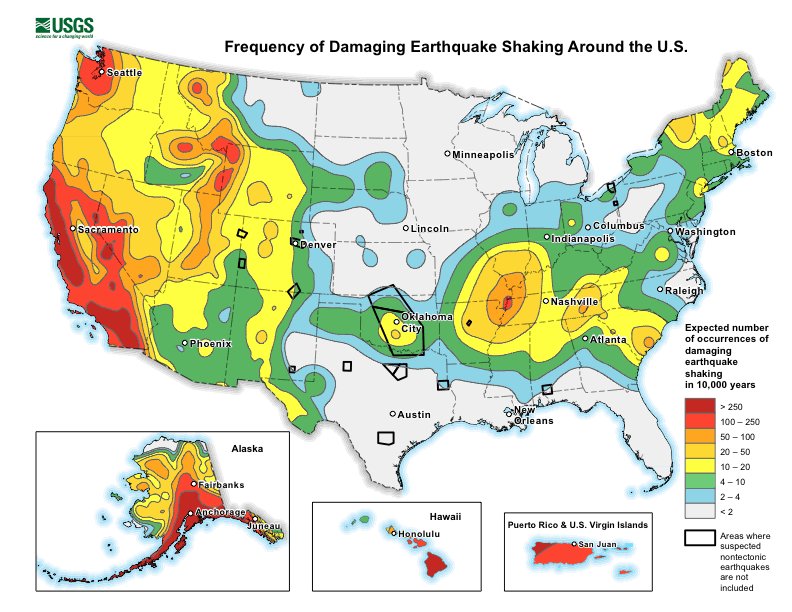
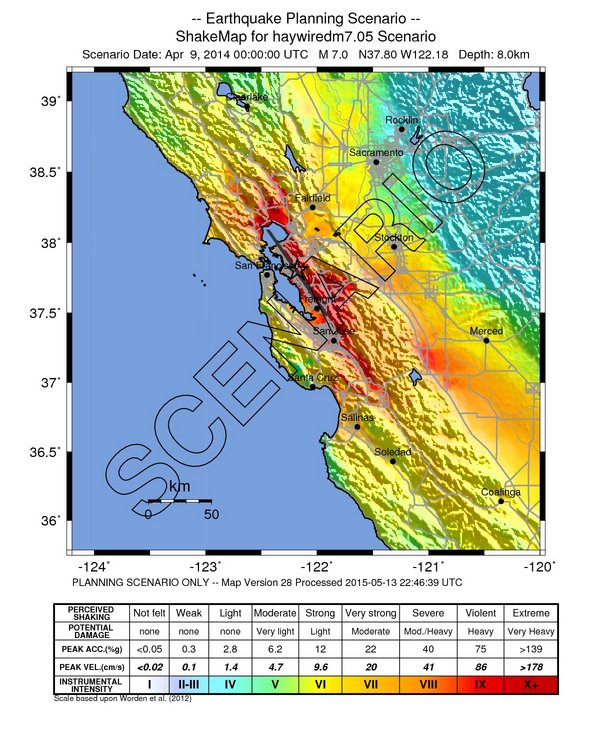
 Using proxies including power shutoffs, wildfires, & other earthquakes to model what happens to #telecom in a #HayWiredScenario, they found vulnerabilities in power service, cell sites on buildings and poles, and data lines crossing the fault surface rupture.
Using proxies including power shutoffs, wildfires, & other earthquakes to model what happens to #telecom in a #HayWiredScenario, they found vulnerabilities in power service, cell sites on buildings and poles, and data lines crossing the fault surface rupture. 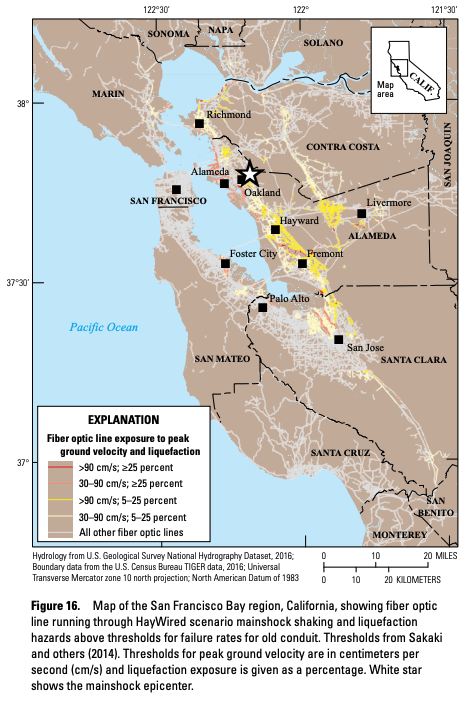

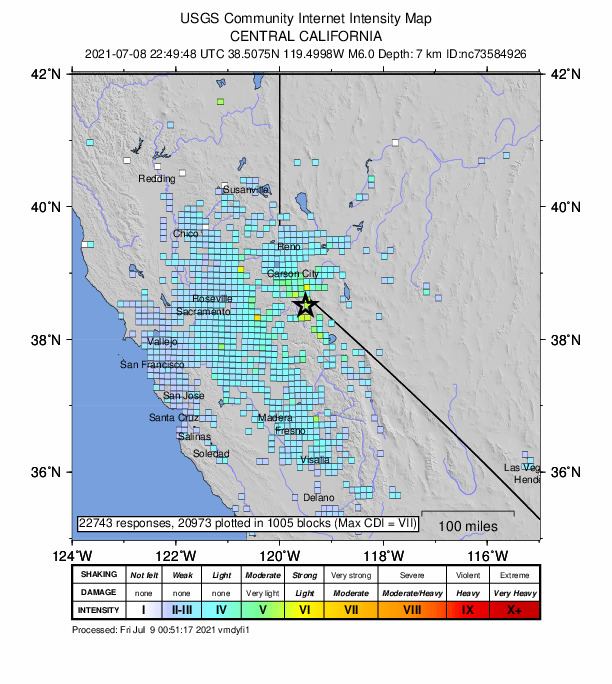
https://twitter.com/USGS_Quakes/status/1413278989951455235Shaking of intensities up to VII was reported nearest the epicenter. The quake was felt all the way to the Pacific Coast and throughout CA’s Central Valley as well as strongly in Reno and Carson City.


https://twitter.com/USGS_Quakes/status/1412202645897441280Thousands of earthquakes occur every year in the State of Hawaii most of which are small & caused by eruptive processes w/in the active volcanoes on & around the Island of Hawaii, especially in the southern districts where the Kilauea, Mauna Loa & Loihi volcanoes are most active.


 The @USGS-determined focal mechanism and origin location for the earlier M7.3 near New Zealand suggest that the earthquake resulted from complex faulting within the subducting Pacific Plate. earthquake.usgs.gov/earthquakes/ev…
The @USGS-determined focal mechanism and origin location for the earlier M7.3 near New Zealand suggest that the earthquake resulted from complex faulting within the subducting Pacific Plate. earthquake.usgs.gov/earthquakes/ev… 
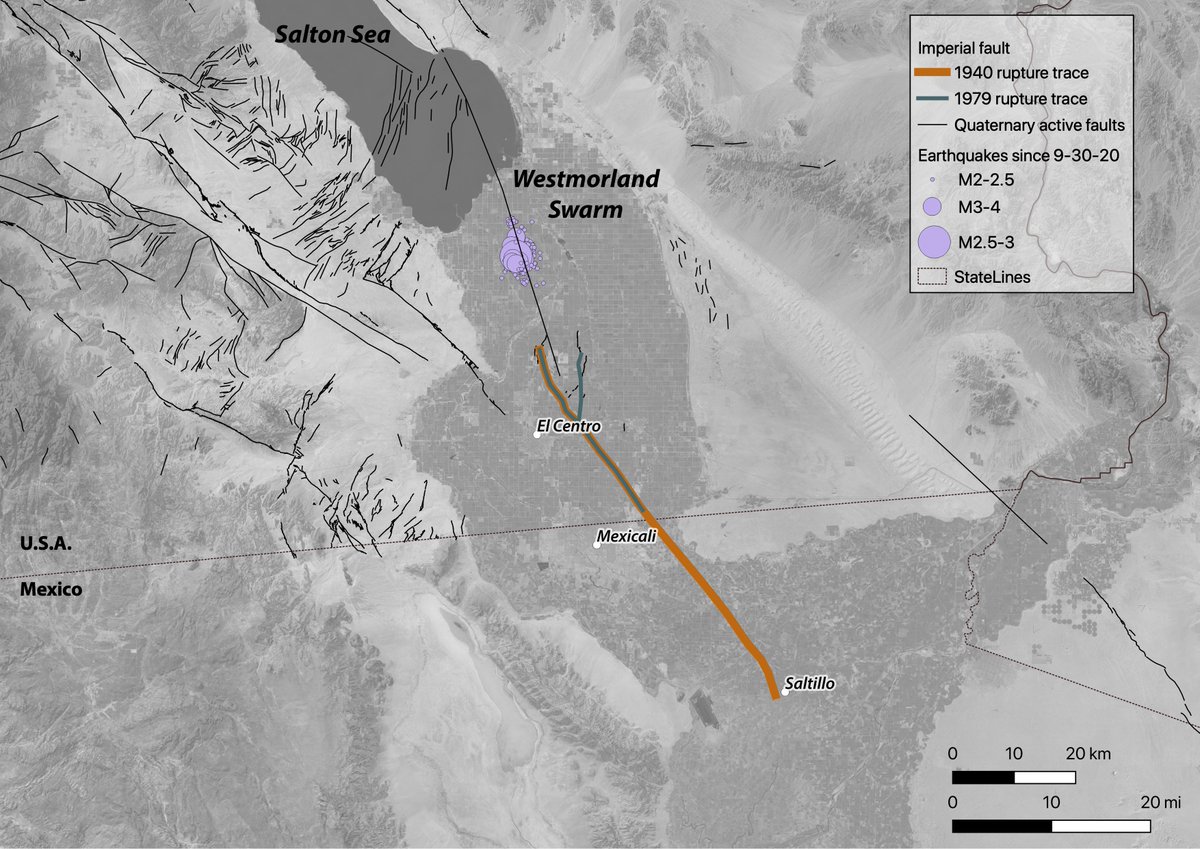

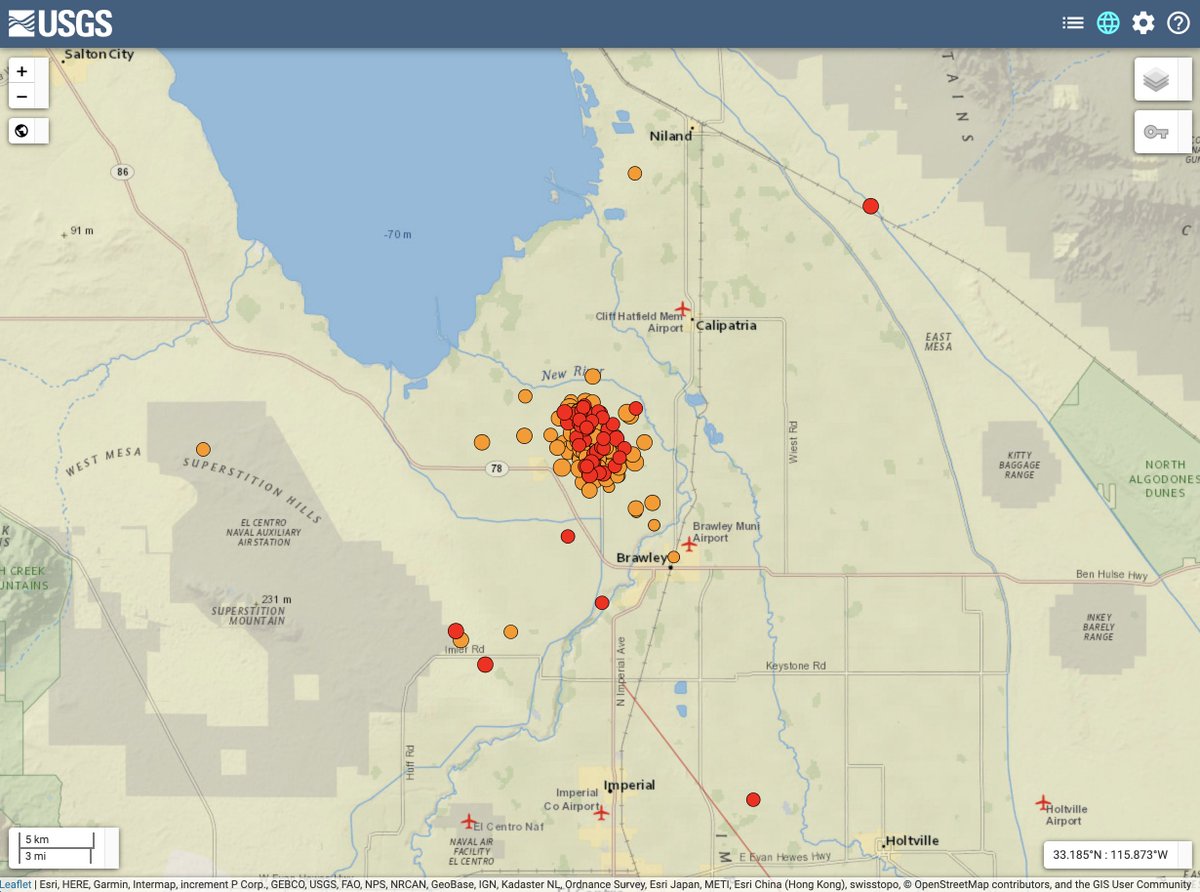

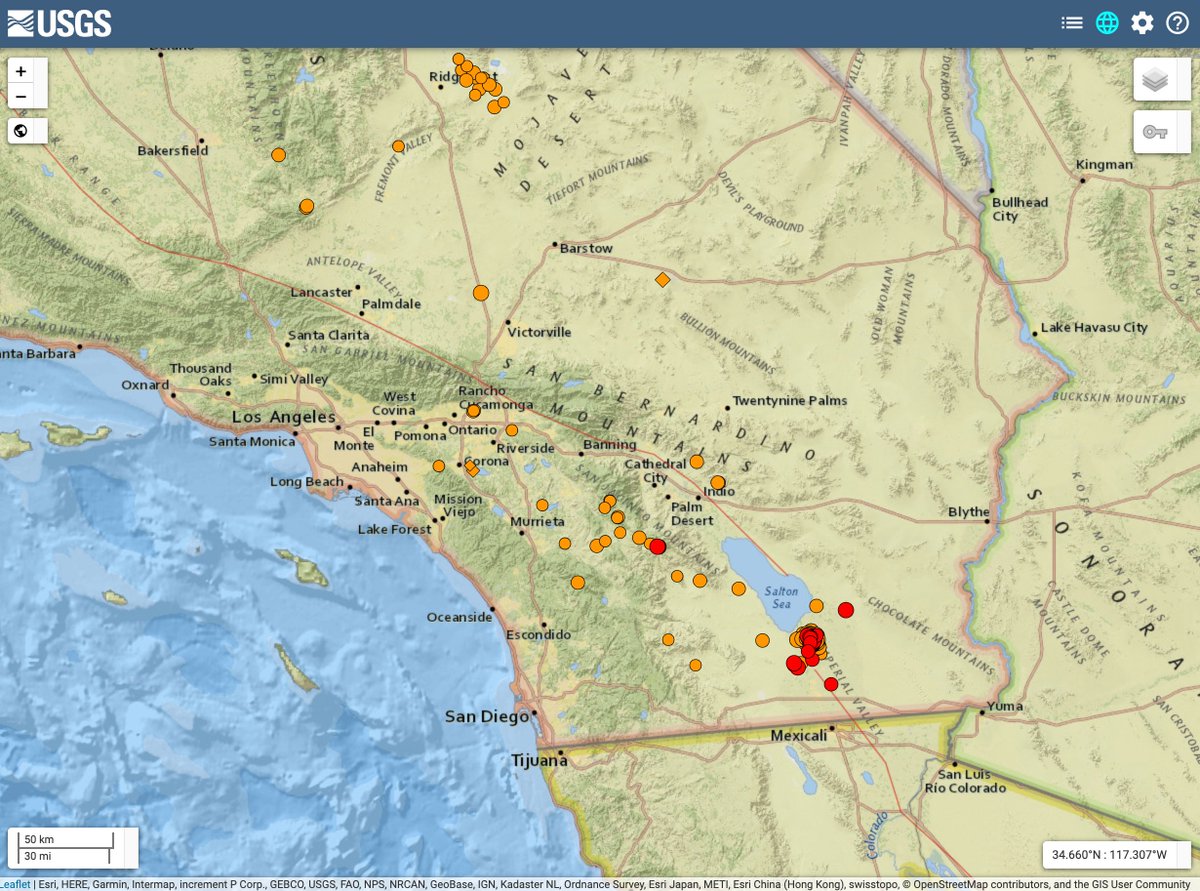 The most likely scenario is that the rate of earthquakes in the swarm will decrease over the next 7 days. Some additional moderate-sized earthquakes (M4.5 to 5.4) may occur. Smaller magnitude earthquakes (M3.0+) may be felt by people close to the epicenters.
The most likely scenario is that the rate of earthquakes in the swarm will decrease over the next 7 days. Some additional moderate-sized earthquakes (M4.5 to 5.4) may occur. Smaller magnitude earthquakes (M3.0+) may be felt by people close to the epicenters.

https://twitter.com/USGS_Quakes/status/1310620751142109195When one plate slides under another, it sinks into the hotter parts of the Earth and starts a melting process. The melt floats up creating a line of volcanoes (called a chain or arc) like the Cascades volcanoes in California, Oregon, and Washington.


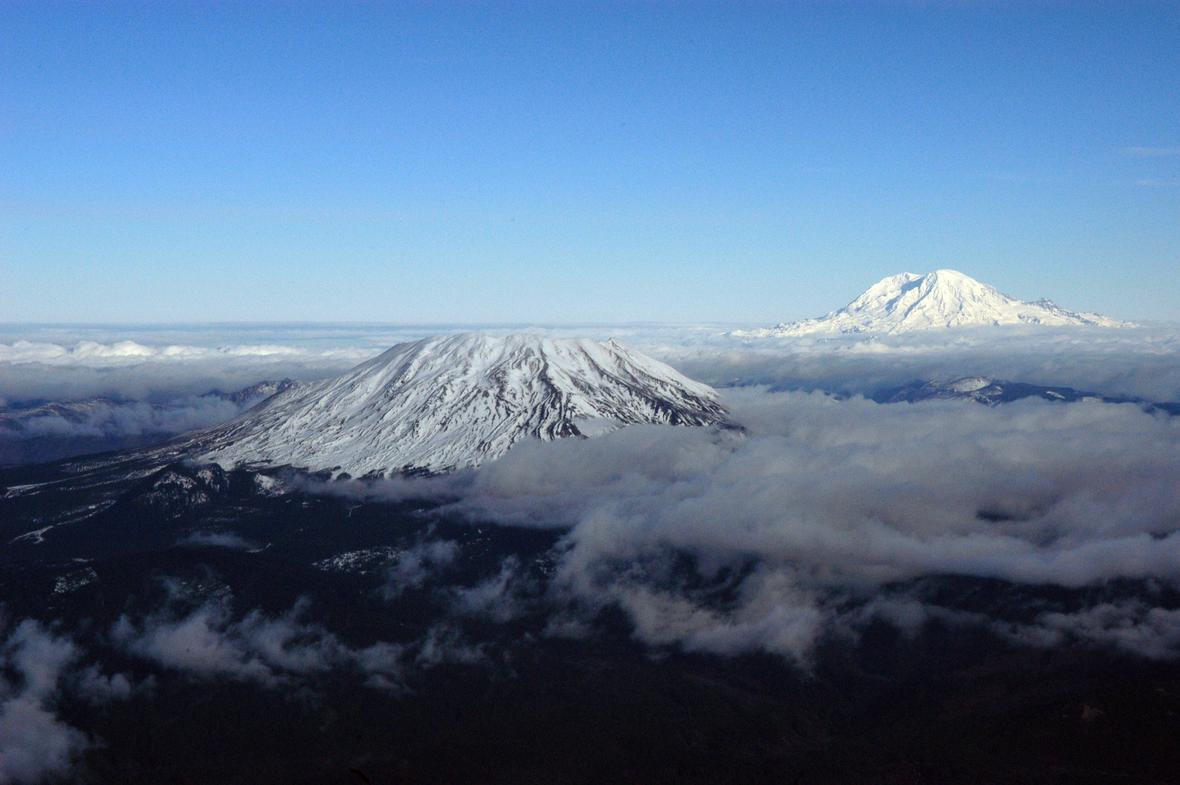



 The NSHM represents an assessment of the best available science in earthquake hazards and incorporates new findings on earthquake ground shaking, seismicity, slip-rates, frequencies of various magnitudes and long-period amplification over deep sedimentary basins.
The NSHM represents an assessment of the best available science in earthquake hazards and incorporates new findings on earthquake ground shaking, seismicity, slip-rates, frequencies of various magnitudes and long-period amplification over deep sedimentary basins.

 Are you familiar with the 7 Steps to Earthquake Safety?
Are you familiar with the 7 Steps to Earthquake Safety?
https://twitter.com/USGS_Quakes/status/1300467576993017856Magnitude is the physical size of the earthquake!

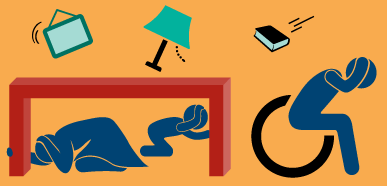
 This account is operated by earthquake scientists. We look forward to sharing information about earthquakes and earthquake hazards, and the inner workings of geology & tectonic activity on our dynamic planet.
This account is operated by earthquake scientists. We look forward to sharing information about earthquakes and earthquake hazards, and the inner workings of geology & tectonic activity on our dynamic planet.